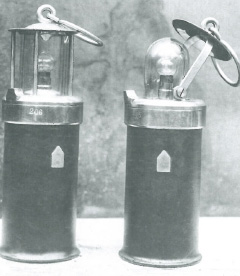The Nickel Cadmium memory effect – fact or fiction?
In the public debate, the term memory effect may denote a lot of things. But used correctly, it refers only to the second discharge stage of a Ni-Cd cell caused by reversible recrystallization of the cadmium electrode active material. This can be easily prevented by following a few simple rules which should be standard when handling any kind of battery. For more information visit GAZ Academy.




